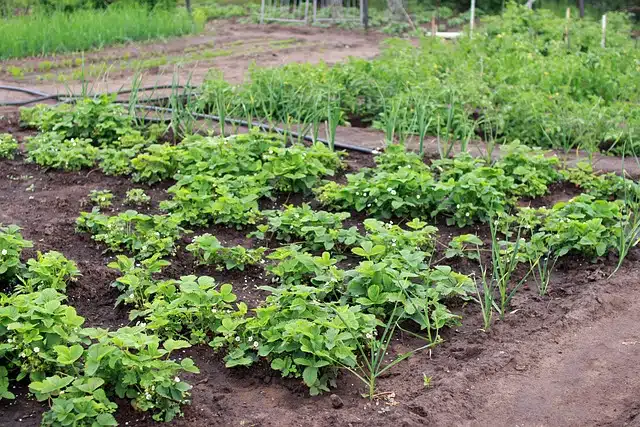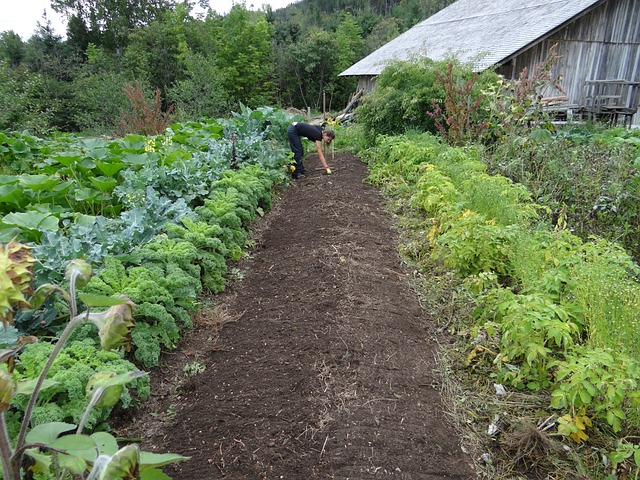
The garden is land intended for the cultivation of vegetables, legumes and fruits.
The first thing we are going to do before entering fully into the meaning of the term orchard is to know its etymological origin. In this case, we have to emphasize that it is a word that derives from Latin, exactly from hortus , which can be translated as "garden." Latin term that, in turn, emanates from the Greek noun hortos , which is synonymous with both "fenced enclosure" and "enclosure used as pasture."
The concept of garden is used to refer to the land where fruits, legumes and vegetables are grown . According to the Royal Spanish Academy ( RAE ), a garden is larger than an orchard ; that is, it has a greater surface area.
Beyond this distinction, orchard and orchard are often used synonymously in colloquial language. That is why both terms are used to name the spaces intended for plantations of various food products .
Types of gardens
There are different types of gardens. There are companies and entrepreneurs who develop orchards for commercial purposes, selling the production or producing various products from what they grow that they then offer in the market.
Family gardens are also popular. In this case, the objective is to obtain food that is consumed at home. Of course, these are smaller orchards than commercial ones, with limited production.
School gardens , meanwhile, are created in educational centers so that children learn basic notions of agriculture and botany. In addition, students can understand where many of the foods they eat on a daily basis come from.

In colloquial language, orchard and orchard are often used synonymously.
Its presence in urban environments
It is important to keep in mind that it is possible to establish a garden in the middle of the urban environment. You don't need large sums of money or a lot of space to grow certain species in a garden, balcony or terrace (rooftop).
In fact, in different regions, initiatives by NGOs and governments have been launched that seek to take advantage of various urban corners for the cultivation of edible products. These gardens, in addition to providing food , contribute to the environment.
The Huerta de San Vicente
In the same way, we cannot ignore that in Granada there is the famous Huerta de San Vicente , which is the name given to the house-museum of the great writer Federico García Lorca (1898-1936). That building was the house where the author and his family spent their summers and in it he wrote some of his most emblematic works such as "Yerma" (1934), "Bodas de sangre" (1932) or "So five years pass" (1931).
In 1985 the Granada City Council made the decision to buy this property, known at first as Huerta de los Mudos , and convert it into a house-museum around the figure of its most internationally known author. Hence it is visitable today.
Furthermore, we cannot ignore the existence of the Huerta de Murcia , which is a region of the autonomous community of Murcia that is known, among other things, because it has an interesting arboreal heritage, highlighting, in a special way, the set of trees citrus fruits that it has.
